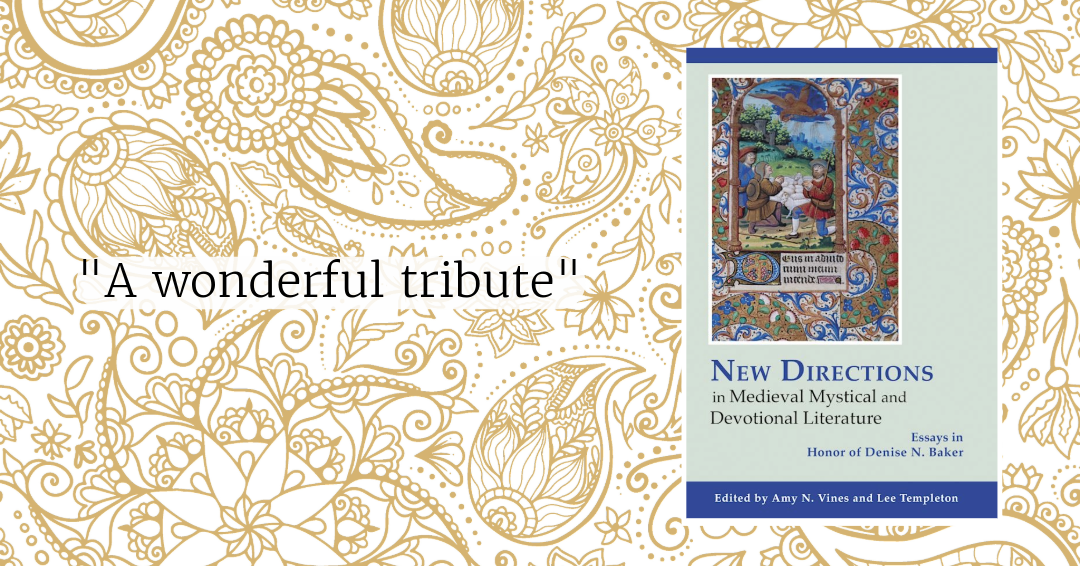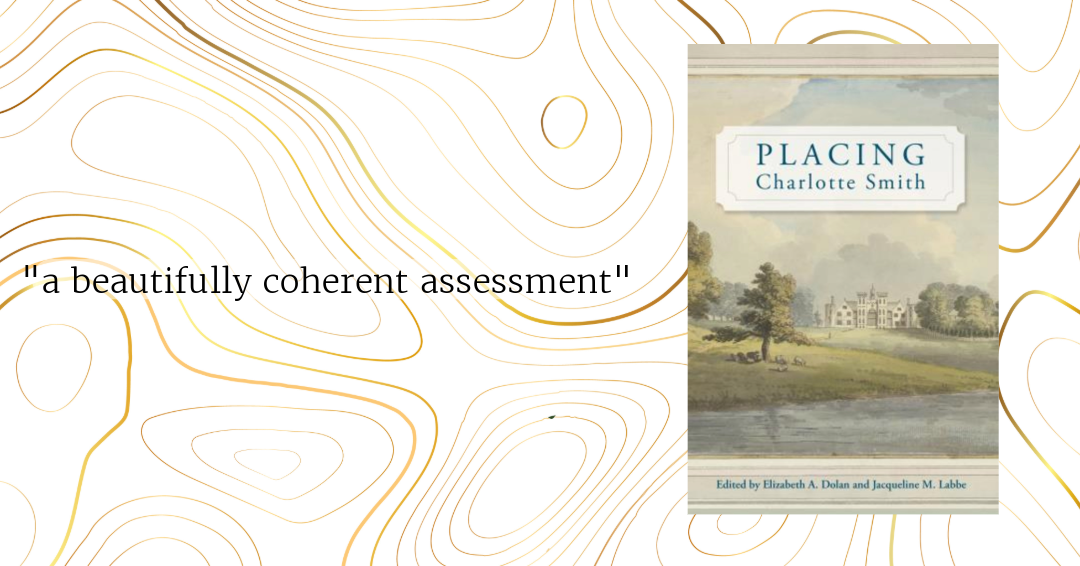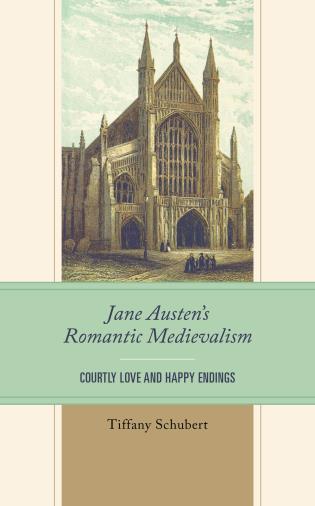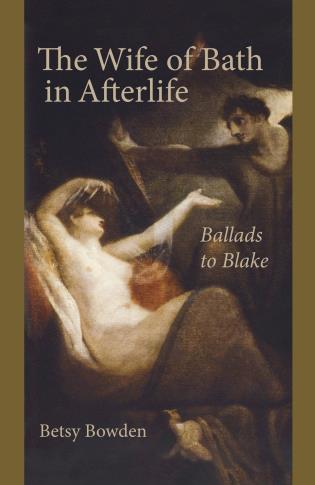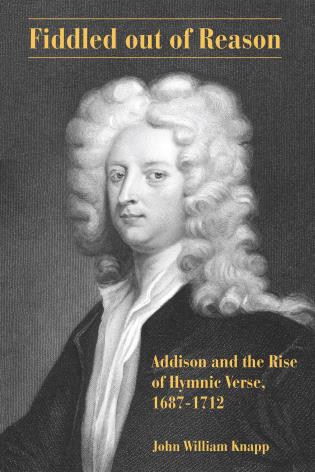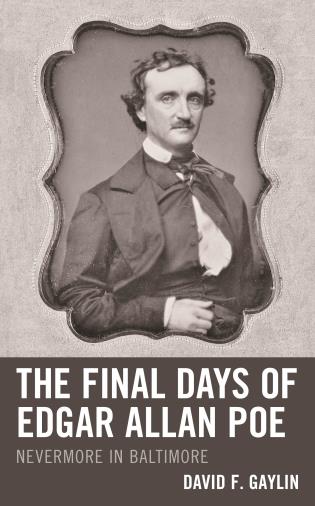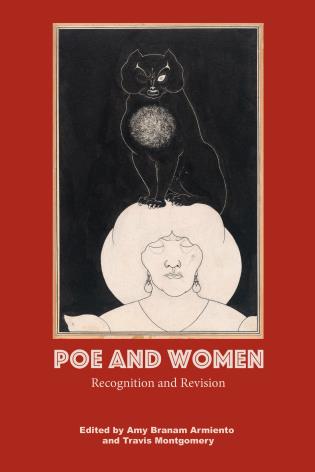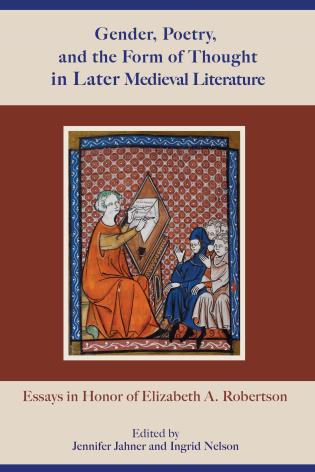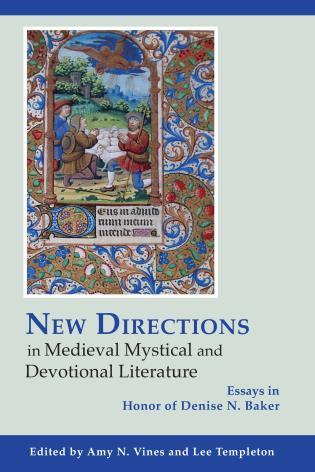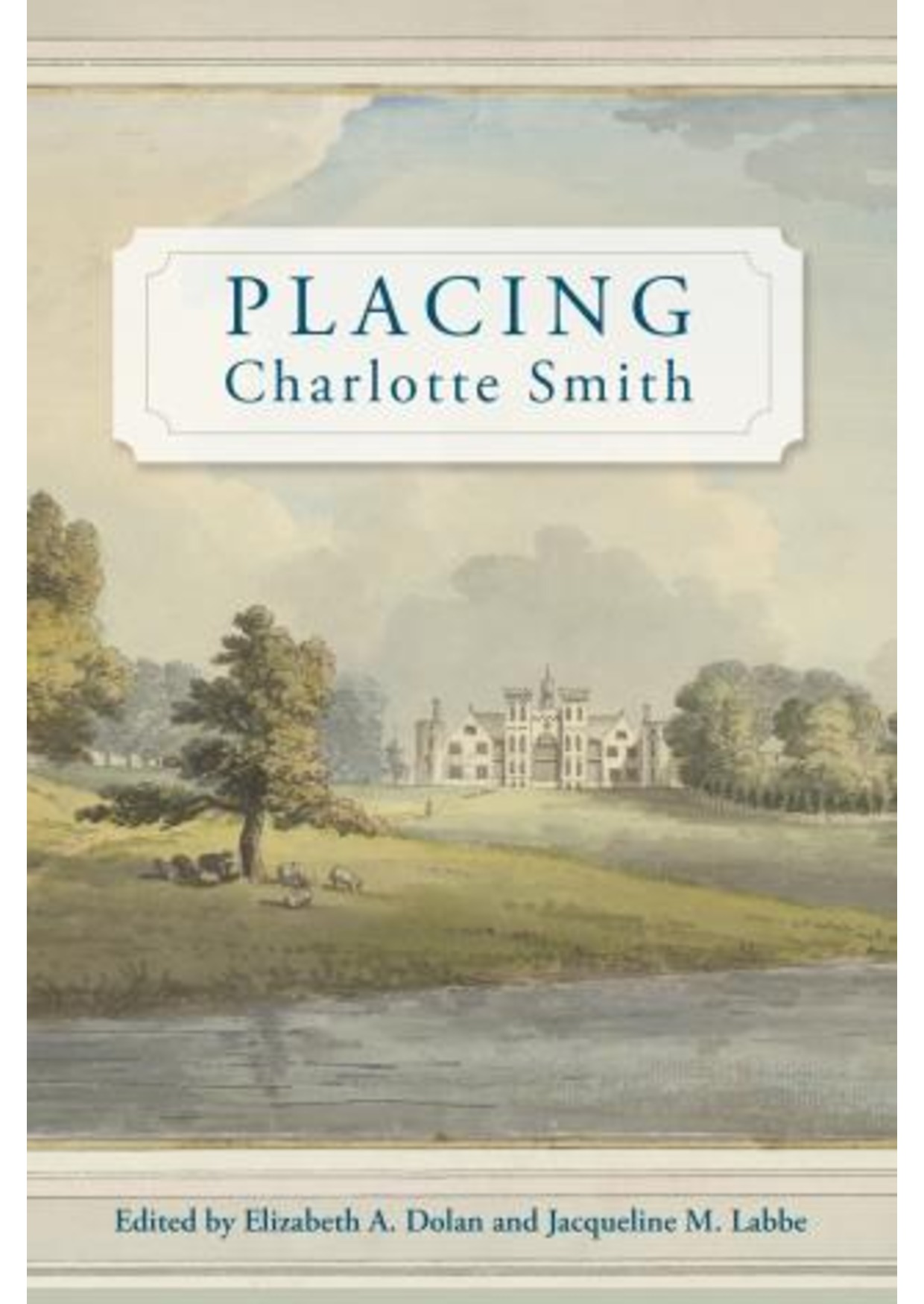Checklist and History of Manuscripts and Drawings in Autographs and Copies from ca. 1470 to 1687 and Renewed Copies (1764-1839)
A thorough work of scholarship, Gustina Scaglia's Francesco di Giorgio presents the fifteenth-century Italian artist's codex of machine and fort drawings for the Duke of Urbino (Opusculum de architectura, ca. 1470-75 in the British Museum), his sketchbook of machines (Codicetto in the Vatican), and archeological sketches in the Uffizi.
This heavily illustrated volume forms a typology of Francesco's drawings, forts, architecture, and antiquities, and it classifies one hundred ten copied drawings and manuscripts of each by as many other artists, indicating how Francesco selected from his own first designs for his later treatises. Scaglia shows that the great quality of copies by other artists proves that architects, engineers, and patrons were fascinated by these engine designs for possible construction or as graphic demonstration of artistic inventiveness, especially the mills, pumps, and military devices that might never be built as drafted on paper.
Francesco's first illustrated treatise (Trattato I, ca. 1475-80) is not preserved as a manuscript in his script, but there are two elegant and costly copies on vellum, written by Olivetan scribes at Monte Oliveto Maggiore and illustrated by Sienese artists. One of them was annotated by Leonardo da Vinci (ca. 1503) when he visited there. These two copies then became the archetypes for twenty-four copies, some of which were only the illustrations, serving as late as ca. 1600 for engravings by Vittorio Zonca. Francesco's Opera de architectura, ca., 1484, for Alphonse, Duke of Calabria, is partially presented only in a scribe's copy. His Trattato II, with extended tribute to the Duke of Urbino, is preserved in two versions: the first, ca. 1490, hardlly illustrated, written by scribes probably at the Studio or Domus Sapientiae in Siena; another, from the late 1490s, beautifully illustrated by Sienese artists working for the scriptorium of Monte Oliveto Maggiore. Leonardo saw it there and paraphrased an illustrated chapter on forts for his own architectural studies, which are now in Madrid.
No other Renaissance architect-engineer's drawings and texts were so frequently copied as those of Francesco, copied probably upon his own initiative-surely in his lifetime-and continuing until ca. 1600. He was different from most artists of his time because of his prolific writing of treatises on architecture and engineering, which show his intellect, his knowledge of Vitruvius in Latin, and of some classical literature. Moreover, as he stated in both his treatises, Francesco was zealous about antiquities.
His Trattato II, was the first treatise to be rediscovered (1762-1803) by Sienese and Bolognese litterateurs, who sought biographical facts beyond Vasari's faulty ones and found some in the treatise of the Vicentine architect, Vicenzo Scamozzi (1615). C. Promis's short list of codices (1841) that he attributed to Francesco was a seminal work, leading to other material collected as donations to libraries and museums.



